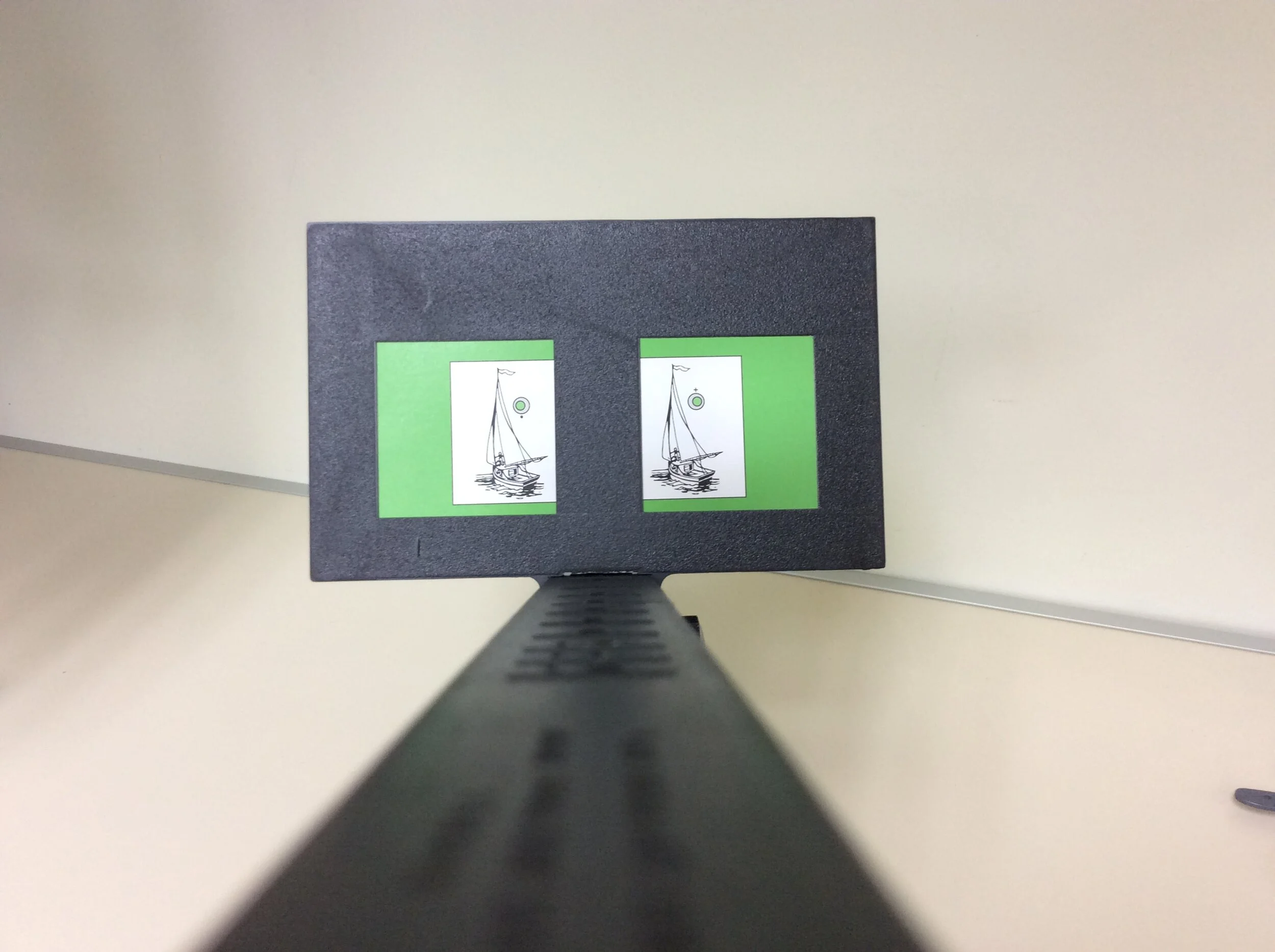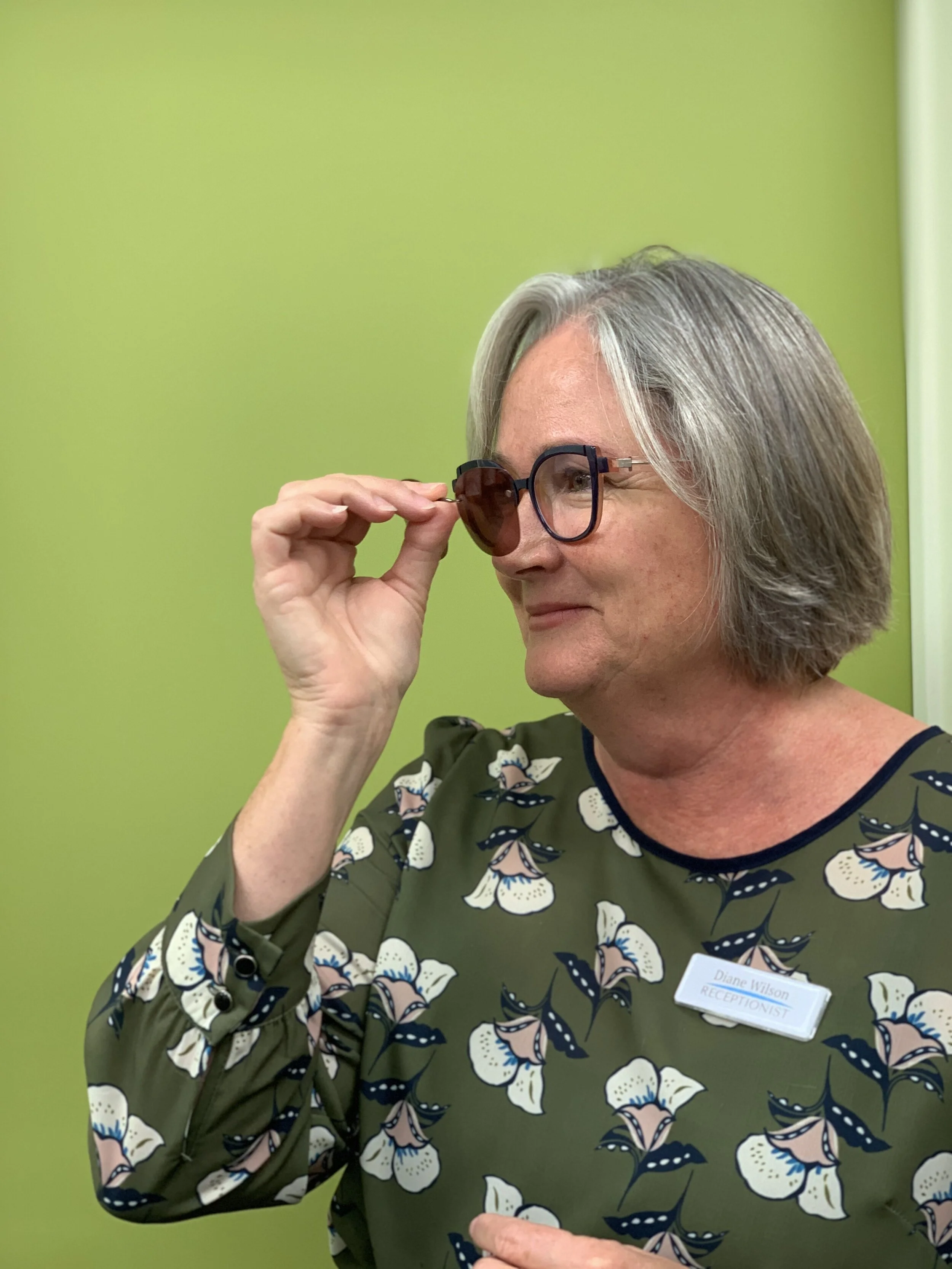Glaucoma New Zealand - Annual Symposium Sunday 15 August 2021 9am-11.30am, in the Great Northern Room at Ellerslie Racecourse.
Glaucoma is often referred to as the ‘thief of sight’ because the most common form of glaucoma has no symptoms. The damage to the optic nerve happens over time and is irreversible.
The symposium is a chance for people living with glaucoma, and their families and/or caregivers, to access information and valuable insights regarding living with and managing the disease.
This is a unique opportunity to access the expertise as the meeting will be lead by Ophthalmologist and Glaucoma Specialists Dr Jim Stewart, Dr Hussain Patel and Dr Divya Patel.
Topics include: Treatment & Surgery in Glaucoma, Lifestyle Factors, Types of Glaucoma, The latest Glaucoma Research.
For more Information:
Website: Glaucoma New Zealand
Phone number: 0800 452 826 (0800 GLAUCOMA)











